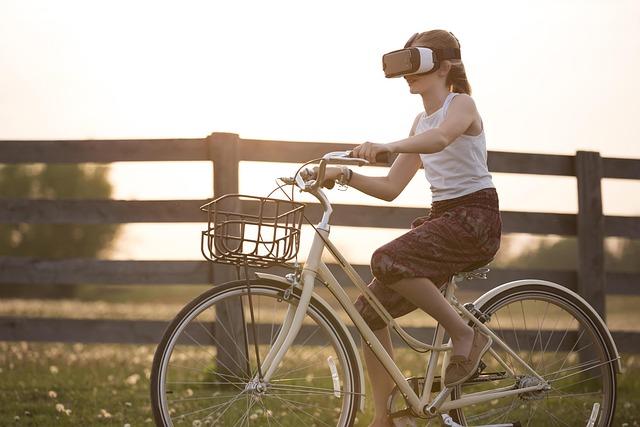
“Immersive Coding: Exploring Virtual Reality (VR) for Programmers”
Immersive Coding: Exploring Virtual Reality (VR) for Programmers
Imagine stepping into your code—not just looking at lines on a screen, but truly walking through them, manipulating data structures with your hands, and visualizing software architecture as a dynamic 3D environment. This is the revolutionary promise of Virtual reality (VR) for programmers and coders alike.
For years, programming has been confined to a 2D environment: screens, keyboards, and mice. While powerful, these tools provide a limited perspective on complex systems and interrelations within codebases. Virtual reality, however, offers an immersive experience where developers can interact with their projects in a spatial, intuitive, and often collaborative space.
Breaking Free from Traditional Coding Constraints
How often have you wished to visualize a tangled web of function calls, class hierarchies, or network data flows in an instantly digestible manner? With VR, these abstractions transform into tangible 3D objects. You can organize, expand, and debug your applications by simply moving around, grabbing, or rearranging components.
This kind of interaction taps into our innate spatial memory, fostering a deeper understanding of complex systems that can’t be achieved through text alone. It empowers programmers to spot patterns, bottlenecks, or bugs that might have otherwise gone unnoticed.
Collaboration in Virtual Spaces
Programming is not a solitary endeavor anymore. Teams across the globe collaborate daily, and VR offers a shared immersive environment that transcends geographical barriers. Imagine real-time pair programming where colleagues appear as avatars, pointing and tweaking code in mid-air, or whiteboarding architectural ideas on virtual walls together.
This enhances communication, reduces misunderstandings, and makes troubleshooting a breeze. The social aspect of VR can recreate the energy and spontaneity of in-person brainstorming sessions, fostering creativity and productivity.
Challenges and Emerging Tools
Adopting virtual reality for coding is not without hurdles. Hardware accessibility, motion sickness, and adapting traditional IDEs to 3D interfaces require thoughtful design and innovation. However, several platforms have already begun integrating VR into their workflow. Tools like Mozilla’s Hubs for VR collaboration or emerging VR IDEs such as CodeVR are pioneering how we write and debug code in immersive environments.
As educational spaces embrace VR, new programmers will grow comfortable with three-dimensional thinking and interactive learning. This promises a future where virtual reality isn’t a novelty but a natural extension of the coding environment.
Bringing Your Code to Life
Whether visualizing artificial intelligence neural networks, exploring game development environments, or simply escaping the fatigue of staring at flat screens, Virtual reality (VR) extends the horizon of what it means to code. It revitalizes the creative process, invites new forms of problem-solving, and makes programming an experiential adventure.
If you’re passionate about coding and open to exploring new frontiers, diving into VR development tools might just transform not only how you build software but how you think about software altogether.
Step beyond the screen. Step into your code.



